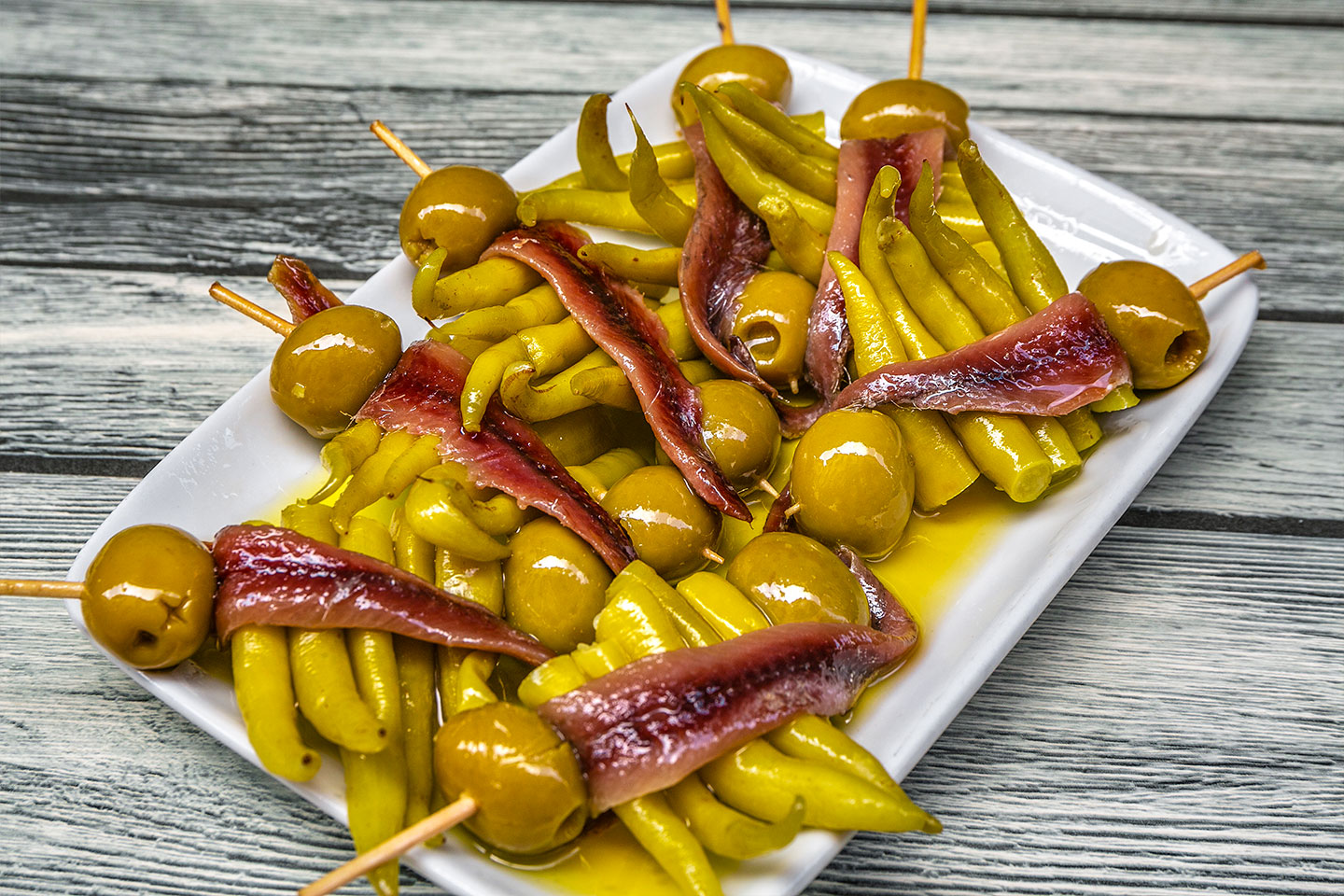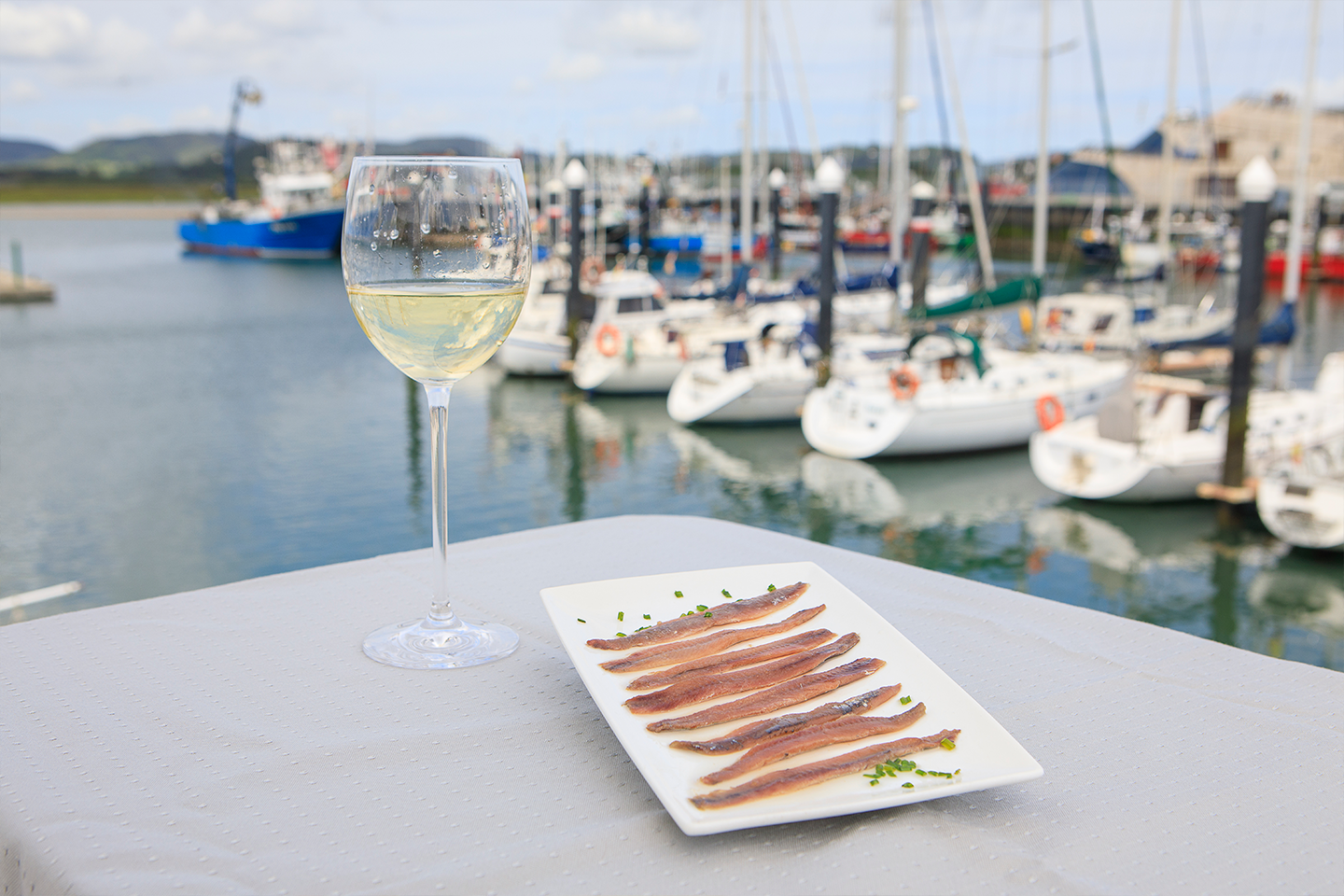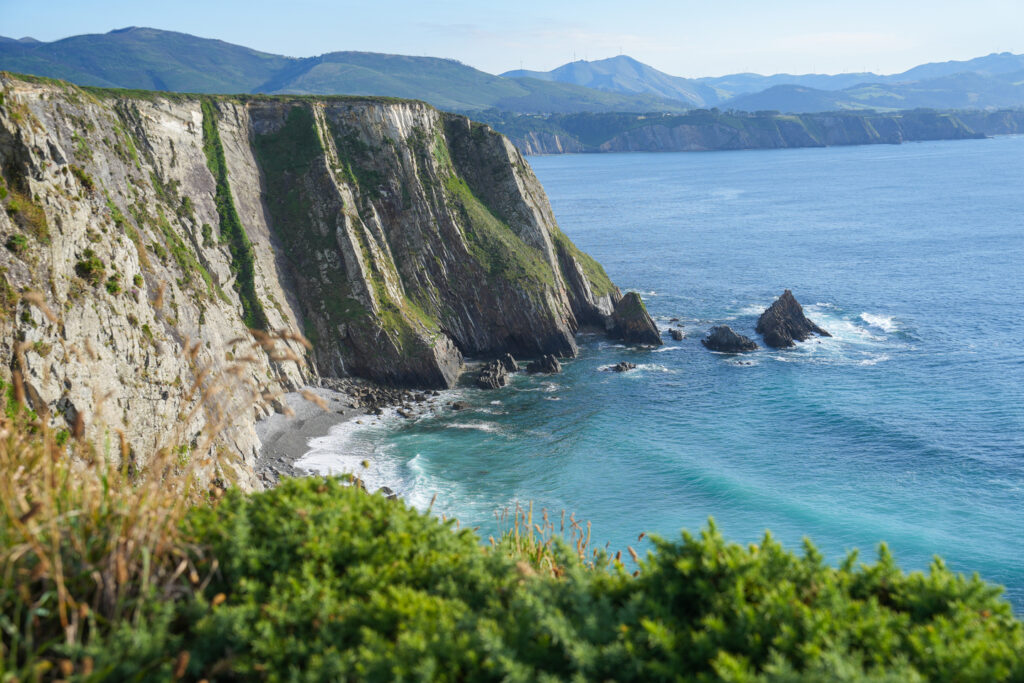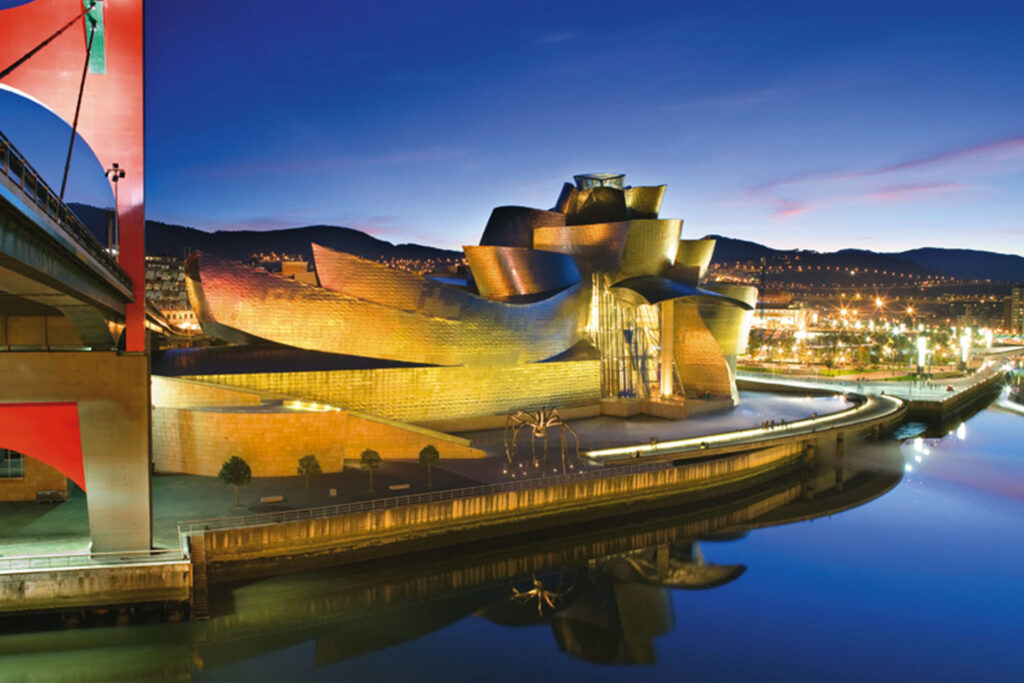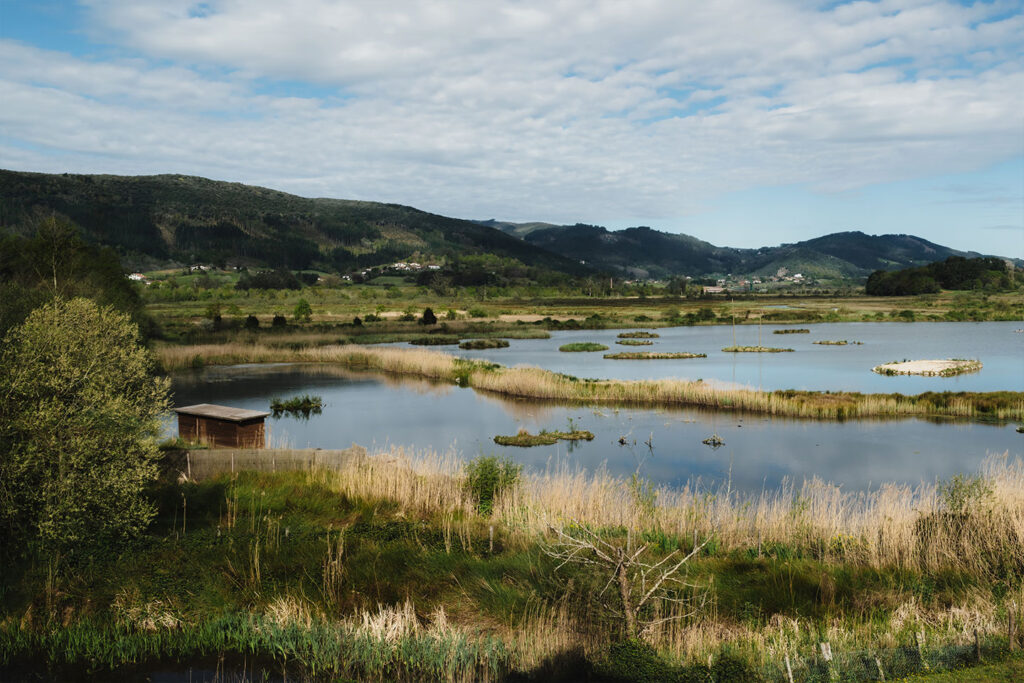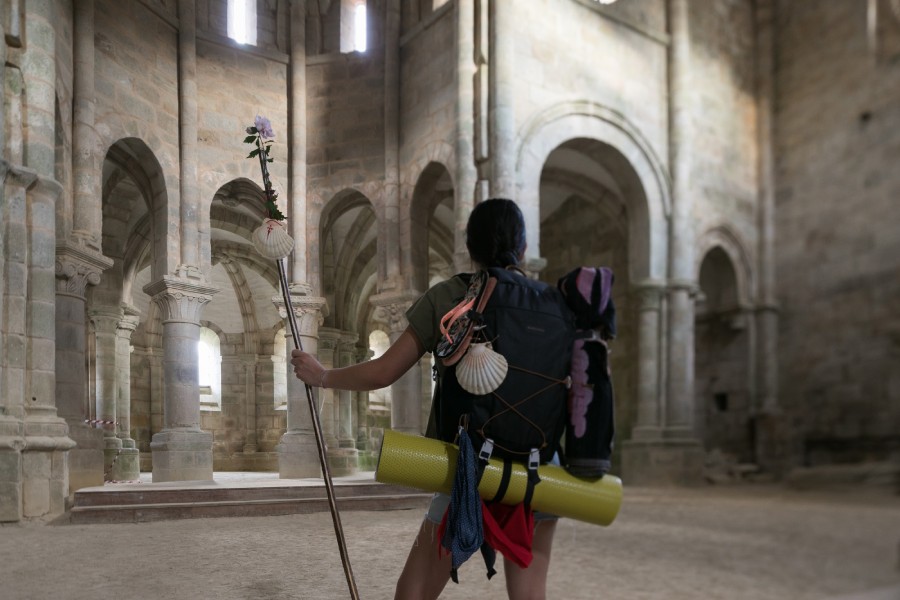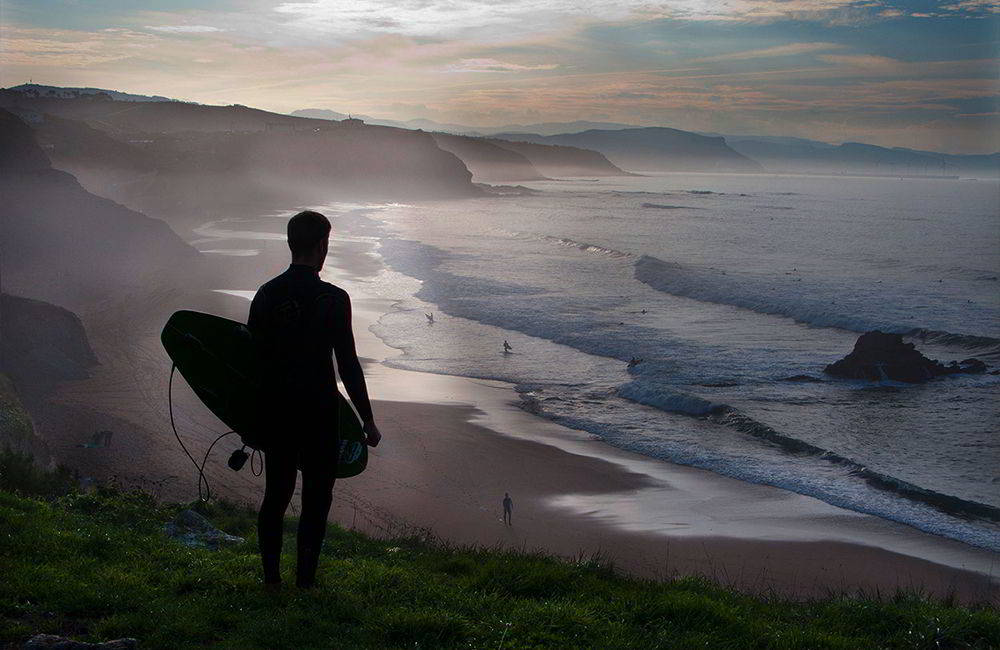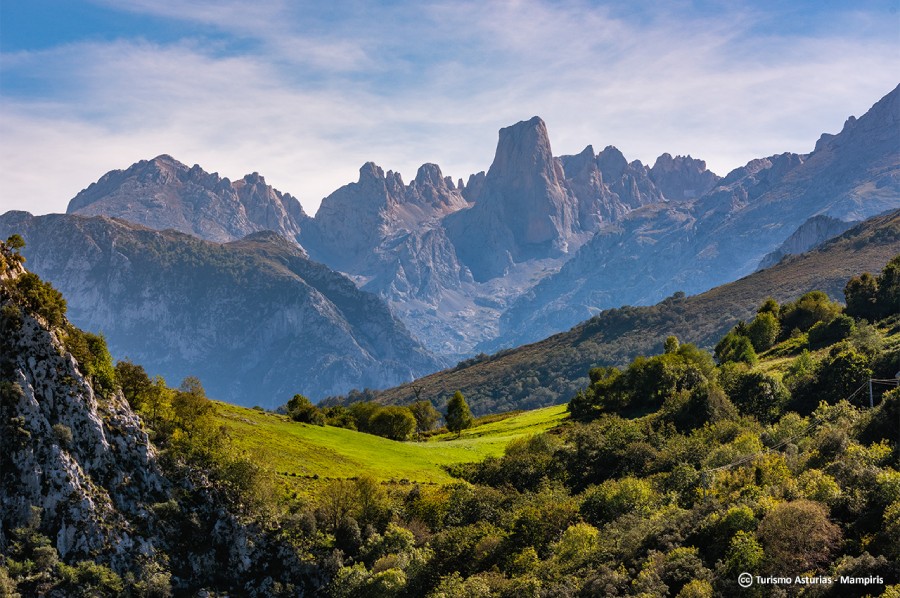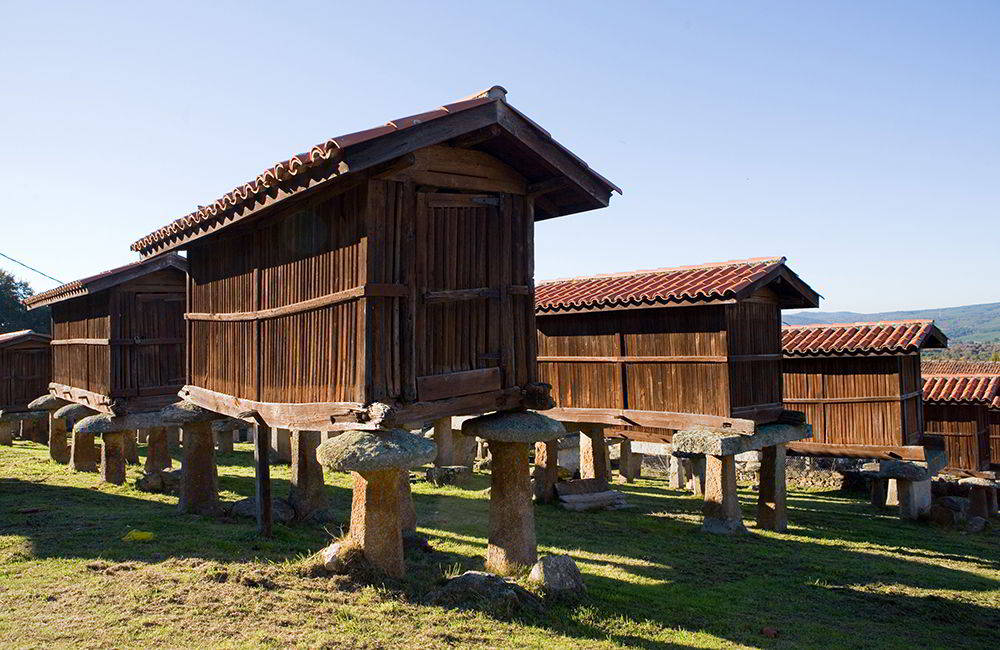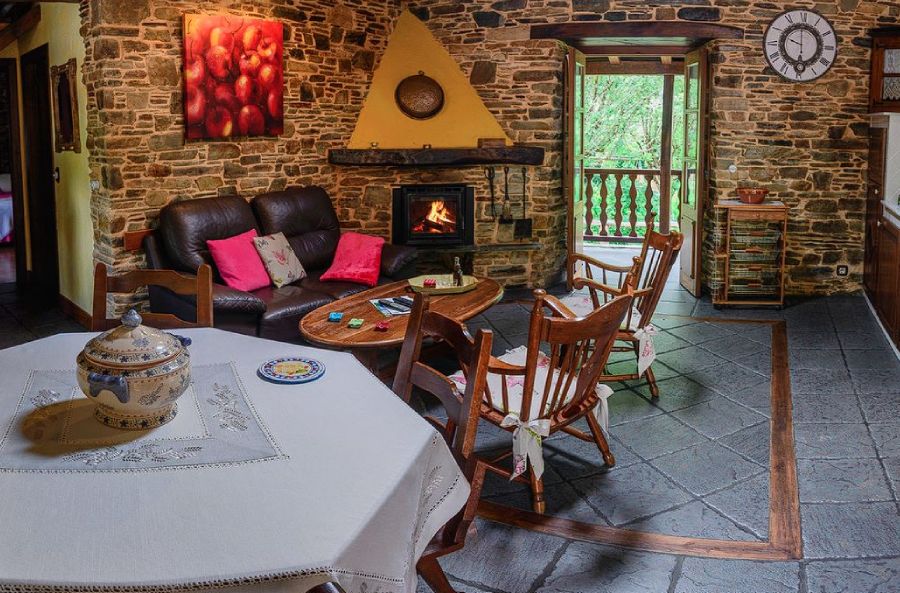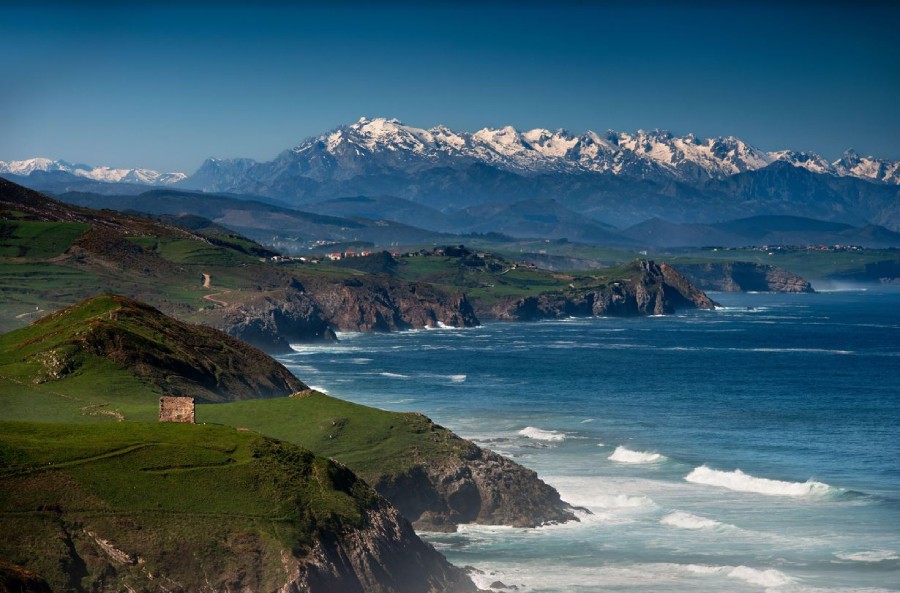It’s no secret that some of the most pampered stomachs in Spain live in Green Spain. Why? Because here, gastronomy is deeply rooted in the land (with plenty of fish, lots of seafood, generous portions of beef, and a whole range of fresh, local vegetables) and ingredients are treated with the utmost respect. Does the time of year matter? A lot: seasonal and local cuisine is one of its main gastronomic treasures.
Piparras/Piparrak (Basque Country)
What are piparras?
For decades, piparras (a type of green chili pepper) were one of the best-kept secrets of Basque gastronomy. Every year, with the arrival of summer, traditional market stalls fill with the first baskets of this intimidating-looking pepper (it resembles a hot green chili) but with the flavor, nobility, and delicacy of a fine pepper. It’s the ideal appetizer and side dish—it’s impossible to eat just one.
What do they consist of?
There are two main ways to prepare piparras: fried in oil or pickled in vinegar. The former are a perfect side for a meat main dish (like a txuletón), fish (especially cod), or as an appetizer. The latter are ideal to pair with typical spoon dishes like Tolosa beans, known as “babarrunak”, or to star in the famous “gildas”. What’s a gilda? A one-bite pintxo on a skewer, where pickled piparra, olive, and anchovy form a unique combo.
Where can you eat piparras?
Gildas can be found in virtually any pintxo bar in Gipuzkoa or the Basque Country. The same goes for the fried version: in season (summer), piparras are on the menu at nearly all Gipuzkoa restaurants, but it’s in the town of Ibarra, near Tolosa, where this chili pepper holds a particularly special status. There, you can tour urban gardens, visit a plantation firsthand, or even taste unique specialties like piparra sausage (txistorra).
What place do you recommend visiting after the meal?
A great idea is to take a stroll through Ibarra and the nearby historic center of Tolosa, full of life, stone houses, arcades, and pleasant riverside walks along the Oria. You can visit the Topic, Tolosa’s International Puppet Museum and Center, which fascinates both adults and children with its collection of over 2,600 puppets from around the world.
Bocartes, Boquerones and Anchovies (Cantabria)
What are Cantabrian anchovies?
Anchovies are one of the star products of Cantabrian gastronomy. Known and appreciated internationally, their artisanal preparation and intense flavor make them one of the north of Spain’s finest delicacies. But beware: this treasure has so many gastronomic nuances that in Cantabria there are even `three´ different names used for its various preparations.
What do they consist of?
In Cantabria, the fresh fish is called `bocarte´ (which the Spanish Royal Academy names “boquerón”). “Bocarte” is served either fried as-is or with a light batter. If you order “bocartes” in Cantabria, you’ll get one of these two versions. Ask for “boquerones”, however, and you’ll be served the marinated version with vinegar, garlic, and parsley—a common appetizer not just in Cantabria but in bars throughout Spain. And what are the famous ‘anchovies’? They are the result of a long, complex artisanal process where salt is used at various stages and temperatures (followed by olive oil curing) to achieve a near-alchemical miracle: transforming fresh “bocarte” into anchovy fillets packed with flavor.
Where can you eat anchovies?
Although found across the region, the go-to place associated with anchovy production is Santoña. There, many of the most recognized canneries are concentrated, where production is still carried out by hand.
What place do you recommend visiting after the meal?
A great option is to stroll through Santoña, explore the harbor, and visit a cannery—many offer guided tours explaining the process. Continue along the seafront promenade or dive into the Santoña, Victoria, and Joyel Marshes Natural Park, a unique area of great ecological value. For stunning views, don’t miss the Faro del Caballo.
Grilled Xoubas (Galicia)
What are ‘xoubas’?
One of the tastiest, most versatile, and popular fish: sardines. “Xoubas” (medium-small sardines) grilled are a traditional dish from the Galician coast, especially in the warm months when this oily fish has the ideal fat content to “sweat” over the fire. Hence the popular Galician saying: “Por San Xoan a sardiña molla no pan”—“On St. John’s Day, the sardine moistens the bread.”
What do they consist of?
The “xoubas” are cleaned, lightly salted, and placed directly on a hot grill. Only a bit of oil is added, and sometimes served with cornbread or “cachelos”—boiled potatoes with skin. Their success lies in the freshness of the fish, grilling technique, and the context in which they’re enjoyed: at a festival, even better.
Where can you eat ‘xoubas’?
In summer, the parishes and coastal villages of the Rías Baixas host many popular sardine cookouts where grilled “xoubas” take center stage. Perhaps the most famous are held near the feast of Santiago (July 25) in the town of Rianxo, where the Festa da Xouba is celebrated—an entire gastronomic event dedicated to this humble, delicious delicacy.
What place do you recommend visiting after the meal?
After a good meal—ideally with views of the Ría de Arousa—the best plan is a walk along the coast, either north (along the seafront to Praia da Torre) or south to Tanxil beach. If you still have energy, dive into the old town’s narrow streets in search of the leafy Castelao Square, the nearby Chapel of Our Lady of Guadalupe, or the Gothic church of Santa Comba.
“Pixín” in Cider Sauce (Asturias)
What is “pixín”?
Arguably one of the most perfect (and deeply local) fusions of seafaring cuisine and Asturian wine gastronomy: an ideal marriage between one of the most revered fish (monkfish or pixín) and ever-present natural cider. This popular recipe perfectly represents a key trait of Asturian cuisine: preparing white fish in smooth, flavorful sauces.
What does it consist of?
It’s made with monkfish loins, a firm, delicate, boneless fish cooked in a sauce of natural cider, onion, garlic, often with a touch of paprika and fish stock. It’s typically served with boiled potatoes to soak up the delicious brothy sauce.
Where can you eat “pixín” in cider sauce?
It’s a regular dish in cider houses and traditional eateries all over Asturias, especially along the eastern coast where there’s both a strong fishing tradition and cider culture—places like Villaviciosa or Lastres.
What place do you recommend visiting after the meal?
In Villaviciosa, there’s no doubt: the coastal trail along the Villaviciosa estuary is ideal, with walkways and scenic viewpoints. It passes through nature reserves of great ecological value, like the Partial Nature Reserve of the estuary, home to migratory birds. In Llastres, you must climb to the San Roque viewpoint for coastal views, or descend to the marina to admire the amphitheater of homes seemingly cascading into the sea.
